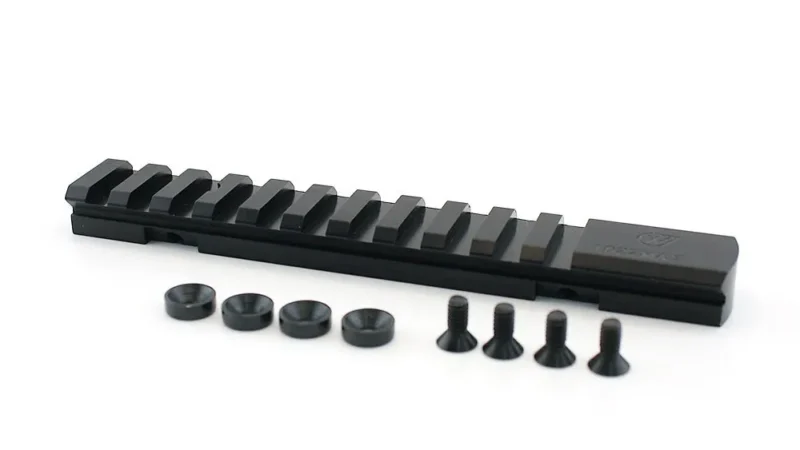Pay your registration charges in Pune here.
Buying a home is a dream of many people in India. Due to the high property prices, buying a home is considered a high financial achievement in society. However, along with the property cost, some additional charges are attached while sealing the deal of property purchase. Legal charges like stamp duty and registration fees are inevitable. The stamp duty is decided on the basis of the ready reckoner rate.
What are Stamp Duty and Registration Charges?
Stamp Duty is a tax imposed on any type of transaction that takes place or is recorded. Stamp Duty may include conveyance deed, sale deed, power of attorney, etc. It is a tax paid to acquire any document that authenticates the creation, transfer, extending, extinguishing, limiting, or recording of any right or liability. The practice of imposing stamp duty began after the Indian Stamp Act was passed in 1899. After this is paid, the documents or instruments become legally valid and may be used as evidence in a court of law.
The value of stamp duty to be paid is decided on the basis of the ready reckoner rate. This rate is a minimum value decided by the government on the basis of which the property transactions take place.
The state government maintains a registry of property documents on the basis of a certain amount of fees paid by the buyers. This is known as the registration charge. It is a fee paid by the buyer to the government for adding the property details to the official record.
How to calculate the Stamp Duty and Registration Charges?
The stamp duty is decided by the state government; thus, it differs from one state to another ranging between 3% to 10% of the property value. The ready reckoner rate is an important factor in deciding the stamp duty or registration charge. Factors that affect the stamp duty rates are:-
- Property status (new or old)
- The area where the property is located (metropolitan, rural, suburban, etc.)
- Property location (intrastate variation on the basis of the city and its location)
- Owner’s age (some states offer discounts to senior citizens)
- Owner’s gender (concessions may be offered to women in some states)
- Property usage (commercial or residential)
- Property type (independent house or flat)
On the other hand, the registration charges are imposed by the central government and remain fixed across the state. It is generally 1% of the total property value.
In Pune also, the payment of these charges is compulsory under the provisions of the Registration Act of 1908. Time and again, these rates are changed to boost or decrease the demand for property (rates also depend upon the ready reckoner rate in Pune).
The present stamp duty in Pune (2021-2022) is 6% of the market value of the property. It is broken down as follows:-
- The stamp duty is 4%
- Local body tax is 1%
- The transport surcharge is 1%
The Maharashtra government announced that property owned by women is subject to a 1% concession in stamp duty.
Stamp Duty and Registration charges: Pune (from April 1, 2021).
Below is the list of stamp duty and registration charges imposed on buyers from April 1, 2022.
| Gender of the registered property owner | Stamp Duty | Registration charges |
| Men | 5% | Properties above Rs 30 lakh: 30,000Properties below Rs 30 lakh: 1% of the deal value |
| Women | 5% | Properties above Rs 30 lakh: 30,000Properties below Rs 30 lakh: 1% of the deal value |
| Joint | 5% | Properties above Rs 30 lakh: 30,000Properties below Rs 30 lakh: 1% of the deal value |
NOTE: Maharashtra government announced a 1% tax concession for property owned by women.
What is the ready reckoner rate?
Ready reckoner rate, as it is known in Maharashtra, or the circle rate, is the minimum value below which no property transaction can take place. It is decided by the state government. In situations where the seller has priced the property at less than the rate fixed by the government, the stamp duty will still be based on the RR rate.
Upon multiplying the circle rate by the area of the property, the buyer can decide the value of the property and, thereby, calculate the stamp duty. Stamp duty calculators are available online to easily calculate the amount to be paid.
Stamp duty charges in Pune: Mode of Payment
Stamp duty (mostly decided on the basis of the ready reckoner rate) may be paid by any of the following methods. The authorities have authenticated the following four methods of payment:-
- Non-judicial stamp paper- This is the least popular method of payment as it is time-consuming and full of hassles. In this method, the buyer has to purchase the stamp paper from a licensed vendor and get the instrument printed on the paper. This may be feasible in the case of the resale of property in Pune, but it may not be feasible in the case of stamp duty of a high denomination.
- Franking a document- Here, the buyer applies to a franking agency or a bank for the payment of the stamp duty (along with the stamp). But the maximum duty is capped at Rs. 5000/document.
- Electronic Secured Bank Treasury Receipt (e-SBTR)- The government introduced an online payment gateway to make the payment of stamp duty seamless for the citizens. This is called the e-SBTR. The applicant should fill out the ‘input form’ in the bank providing the service and pay the required amount. The bank registers the details on the government visual treasury. It creates a pre-printed e-SBTR that serves as proof of payment. One must be careful to physically collect the e-SBTR from the bank.
- Government Receipt Accounting System (GRAS)- If the applicant prefers an online mode of payment, then GRAS is the best option. It generates an E-challan that is accepted at the sub-registrar’s office.
Mostly, the rates depend upon the ready reckoner rate. The rates mentioned above are indicative and may change from time to time by the government. It is advised to seek legal guidance while purchasing property to execute all the legal formalities (including payment of the stamp duty and registration charges).






